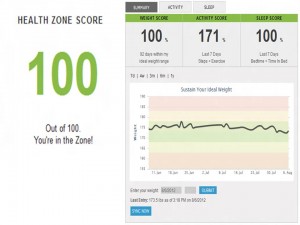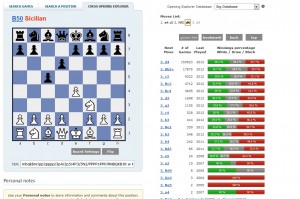I’ve recorded a podcast with Abel James, the Fat Burning Man, which is now available: Paul Jaminet: The Perfect Health Diet, Safe Starches, and Intermittent Fasting.
Abel read the new Scribner manuscript before the interview, and we talked a lot about the new material. The interview can almost serve as a preview. It was a fun interview and I highly recommend listening!
















Recent Comments